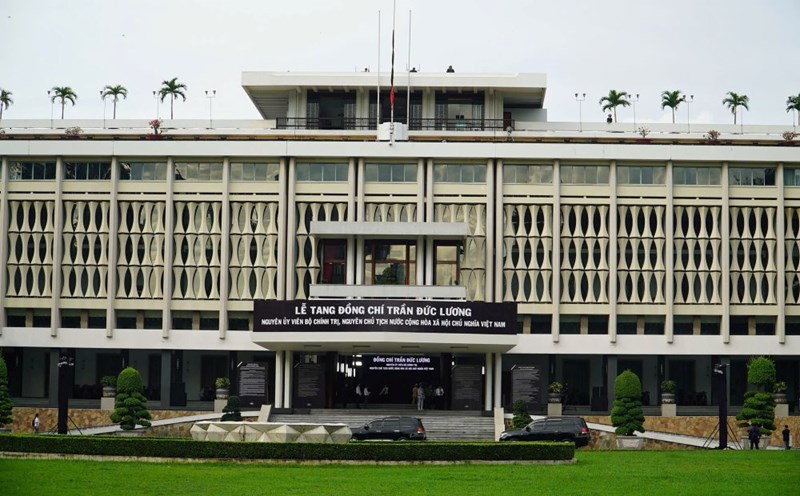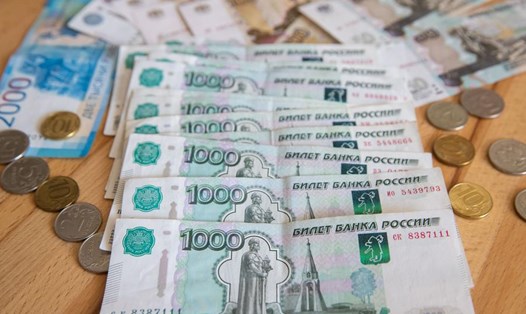RT reported that the Russian ruble has just reached a new 2-year peak against the US dollar when the exchange rate jumped to 78.9 rubles/1 USD on May 22, the highest level since mid-May 2023.
This is the result of a series of factors from hopes for a ceasefire in Ukraine, to expectations of sanctions easing and foreign capital flow returning to the Russian market, according to international financial experts.
Since the beginning of March 2025, the ruble has increased by about 11%, becoming the currency with the best performance in the emerging market group this year, according to Ms. Alina Poptsova - stock analyst at Alfa-Capital - shared in the RBK economic daily.
The market is currently dominated significantly by emotions and confidence in the prospects of progress in Russia-US relations, as well as positive signals from the Russia-Ukraine negotiation table, said Natalia Pyrieva, chief analyst at Tsifra Broker.
Analysts said a series of factors are strengthening the ruble's upward momentum, including exporters selling foreign currencies to prepare for tax and dividend payment terms while importers reduce demand for foreign currencies.
In addition, market participants are betting on the possibility of foreign companies returning to Russia if the sanctions environment is eased, especially in the hope of a peace agreement with Ukraine and progress in Russia-US relations.
Investors appear to be reacting not only to diplomatic developments, but are also pricing in a series of scenarios: partial lifting of infrastructure sanctions, a return of foreign capital, and improved foreign exchange liquidity, said Yuri Kravchenko, a currency market research expert at Veles Capital. According to him, positive geopolitical expectations have been the main driver of the ruble in recent weeks.
Some experts also predict that the ruble could continue to strengthen to 75 rubles for 1 USD this month, if geopolitical expectations continue. However, they warned that if there is no concrete progress in peace negotiations, the increase could be just a temporary thing.
This week, the EU and the UK announced a new round of sanctions targeting a number of Russian individuals and organizations. However, analysts say that these additional banking exercises are unlikely to have a significant impact on the ruble exchange rate, at least in the short term.
In that context, the financial world is also paying attention to the more than 2-hour phone call between Russian President Vladimir Putin and US President Donald Trump on May 19. Both sides called the phone call effective and reaffirmed their priority to accelerate the mediation process.
President Donald Trump has long publicly supported the resumption of US-Russia relations and promoted the end of the Ukrainian conflict. This makes investors more confident in a "ice-breaking" prospect.
In addition, the biggest psychological boost came from the two Russian and Ukrainian delegations holding direct talks in Istanbul last week.









